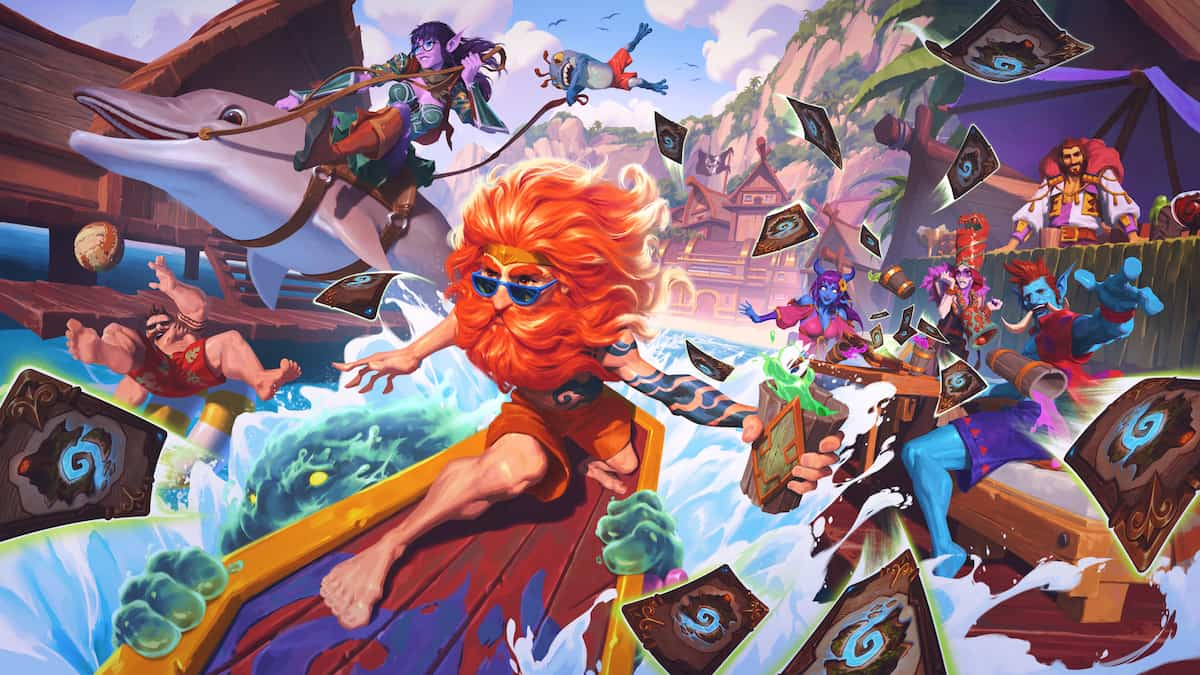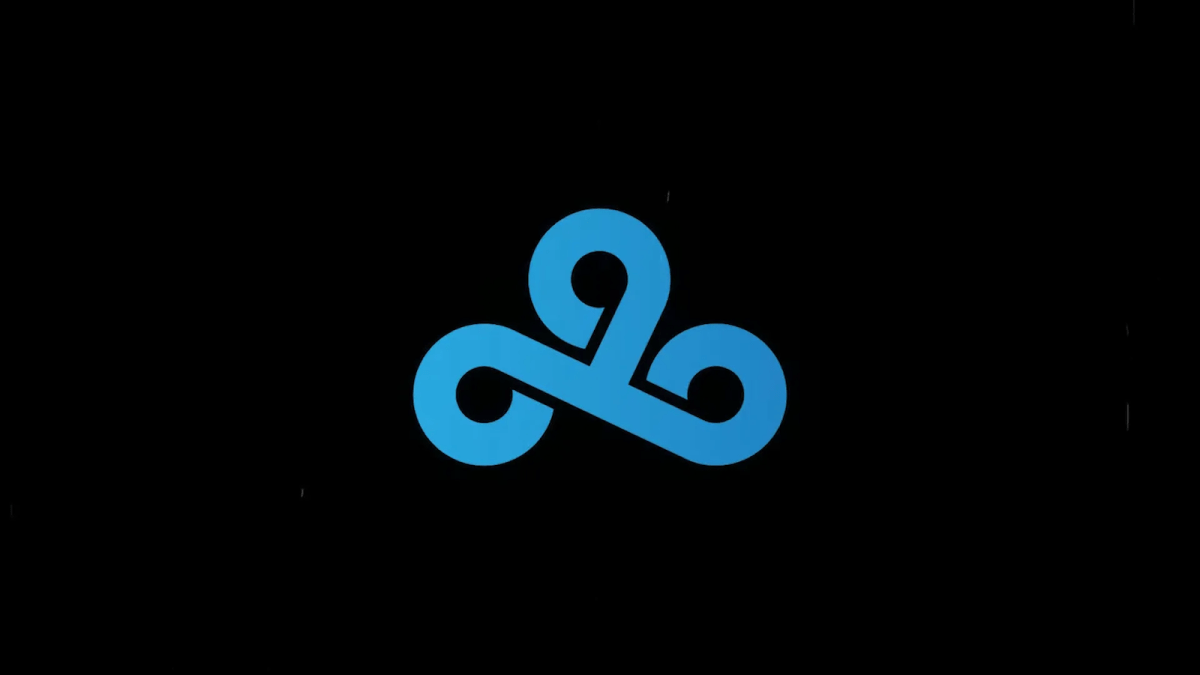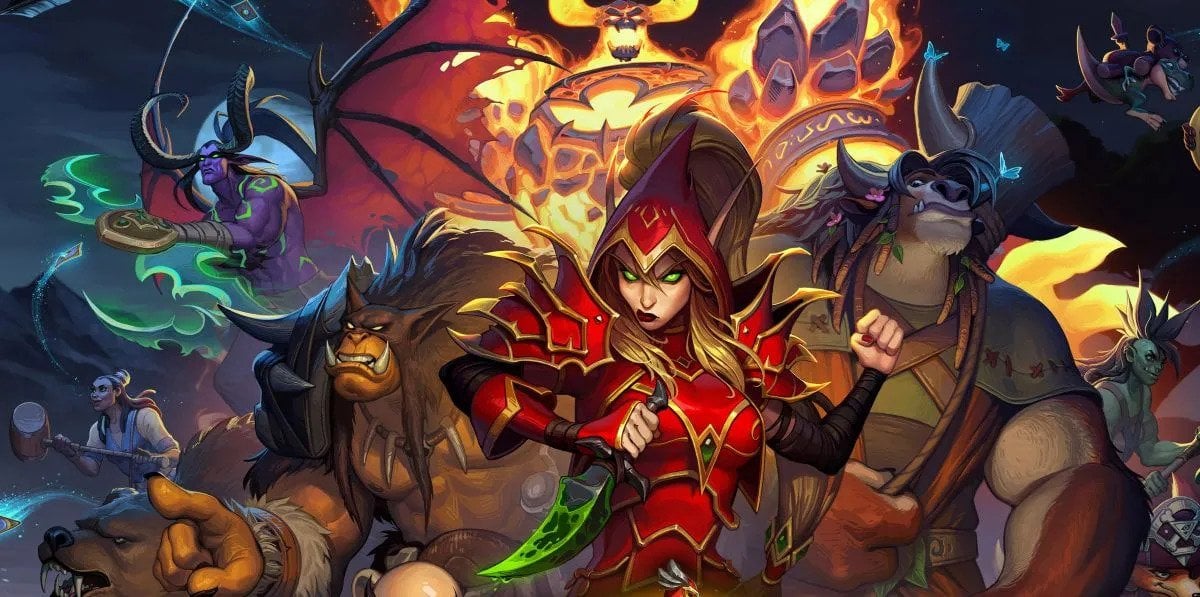Introduction
Hey, guys. It’s RaFive. Today we’re covering the mech Mage deck that Thijs recently used to defeat Forsen 4-0 in the Deck Wars tournament. It’s slightly sneakier and slightly greedier than most similar builds, and this gives it a lot of surprise punch, especially against the aggressive-to-midrange lists that typically populate the ladder. It’s also a great list to use as a template to study and improve our deckbuilding, so let’s jump in!
Overview
A quick look at the list should instantly tell you that this is a fairly heavily teched deck. There’s a single Annoy-o-tron to stall for a bigger board early in the game or to protect a vital minion in the late game. Despite two Mad Scientists to synergize with Undertaker, there’s only one secret — Mirror Entity — to improve your board velocity without giving you much probability of drawing into what’s effectively a dead card with a playstyle like this that depends on staying ahead on board. (If you draw Mirror Entity later, you can hold it for the later game to pick up a strong late-game minion.)
There’s also one Azure Drake to keep your deck cycling and provide a late-game spellpower boost and one Piloted Sky Golem for a big sticky threat to eat removal. For finishers, Dr. Boom makes a mandatory appearance for insane value, board control, and card advantage, while Archmage Antonidas provides infinite Fireballs off the many Spare Parts in this list, serving as the finishing centerpiece of a midrange deck like this.
The rest of the list is pretty straightforward and typical. You have Mechwarper and Snowchugger for improved early board advantage, plusHarvest Golem and Tinkertown Technician for persistent, sticky threats hopefully generating card advantage along with Piloted Shredder and Mechanical Yeti. For extra board control, there’s also Goblin Blastmage as well as Frostbolt and Fireball — in other words, pretty typical mech Mage stuff.
How to Play
A word of caution: this is an extremely high-skill deck. There are plenty of mech Mage decks that are more straightforward to play and less dependent on intimate knowledge of which cards work well in every possible situation. The deck is powerful, but tricky. The secondary reason for this is the extent to which the deck is teched. If you want to run the deck without any changes, you’ll need to be quite sharp about employing your tech cards at the correct points.
The main reason the deck is tricky, however, is that your early turns set you up for everything else. The amount of draw in the deck is quite low — just Azure Drake, unless you want to count Spare Parts — and most lists in the current metagame are running fairly board-heavy and sticky, meaning you must chart a narrow and perilous course between falling behind to your opponent’s board flood on the one hand, and overextension into mass removal on the other. Most games will be decided by how strong of a board you have after turn 4.
Mulligan, then, is crucial. Your ideal opening hand for most situations is Mechwarper, Undertaker, and Clockwork Gnome, giving you some flexibility as to what you lay down and when. Your Undertaker and Mechwarper are your most important early-game cards; protect them. You typically can’t win unless either your Undertaker snowballs, or your Mechwarper enables several threats to come down on your board slightly ahead of curve. Against decks with aggressive starts or obnoxious minions like Armorsmith, Frostbolt is also a good keep. I generally wouldn’t recommend keeping Annoy-o-tron in your opening hand except against Zoo and Hunter, and unless you get Mechwarper and a turn 1 play in your first draw, I’d generally advise throwing back everything higher than 2 mana cost to ensure that you have maximum early-game options.
Undertaker and Mechwarper make it straightforward to get ahead on board in the early game. Once you’re ahead, cling to that advantage for dear life — it’s your path to victory! Don’t miss out on high face damage and slow yourself down unnecessarily, but if there’s any possibility that your opponent’s board is a threat to your board advantage, go into lockdown mode. Fireball and Frostbolt should almost always be used for board control, and whenever you’re ahead, you should use your hero power at every possible opportunity in order to keep your trades as efficient as possible and avoid falling too far behind on card advantage.
The main idea is to wear your opponent’s most valuable removal and midrange minions out on turns 1-6, after which you break through using Dr. Boom, Archmage Antonidas, or Piloted Sky Golem to secure victory. Remember how I just said you should use Fireball on the board? That’s because this deck is chock-full of Spare Parts, and odds are you’ll have a couple in hand once Antonidas comes down and provides all the Fireballs to the face.
Matchups are fairly standard for mech Mage, with a slight comparative edge against midrange and hyper-aggression. The fatal weaknesses of the deck are mass removal and stickier minions than you can run. If Lightning Storm, Sludge Belcher, Piloted Sky Golem, Cairne Bloodhoof, Sylvanas Windrunner, Baron Geddon, or even Dr. Boom, etc., come out and you don’t have an immediate response set up, you’re probably going to lose, so do your best to make sure your board and hand are both in favorable states particularly at turns 4, 6, and 7 (and also all those values -1 if the opponent has the Coin in hand, of course).
Expect to do especially well in the mirror and against Hunter and Handlock (Paladin is also favorable if you can prevent value off Quartermaster up until the inevitable turn 8 combo with Muster for Battle), and expect to struggle against Priest and Control Warrior, since you lack 3-attack minions early on to deny the value squeezed out of Northshire Cleric, Armorsmith, Acolyte of Pain, and so on.
Substitutions
Since this deck is heavily teched, it’s actually pretty generous as far as teching goes. The most significant thing I feel the deck lacks is hard removal against large or sticky threats. Thus, my number one recommendation is a Big Game Hunter to counter the insane top-level greed currently infesting the metagame; expect this to be even more true after the coming Undertaker nerf gut-punches the current standard aggressive decks. I’d probably take a Tinkertown Technician out to accommodate BGH.
Similarly, I’d probably swap at least one Fireball out for a Polymorph, if not both. Archmage Antonidas can reliably give you some burst to the opponent’s face in the late game, and since you’d generally be using Fireball on the board to clear a particularly scary minion, I feel it makes more sense to run Polymorph as a counter to Sludge Belcher, Savannah Highmane, and other persistent threats to your board advantage.
Substitutions beyond that are mostly up to personal preference. If you have him, consider Bloodmage Thalnos instead of Azure Drake so you get Undertaker synergy, earlier card advantage, and an easier, earlier spellpower boost. Mirror Entity can be subbed out for Counterspell if removal or buffs are wrecking your day. If you’re feeling particularly ambitious, you might also consider cutting Undertaker, Mirror Entity, and Mad Scientist entirely, and going full mech with cards Micro Machine, Cogmaster, and an extra Annoy-o-Tron. Zombie Chow also makes a durable and board-control-centric early-game minion that runs equally well aside Cogmaster or Undertaker.
Conclusion
I’ll confess, this is probably the trickiest list I’ve covered for Hearthstone Players. It takes a lot of practice and experience to know what to mulligan when. More importantly, it takes excellent judgment as a player to decide when you want to risk extending, when you want to risk not extending, and when you spend or hold your removal. However, the payoff is intensely rewarding — victories with this deck feel especially fair and skill-based. Thijs has done a fantastic job both by building a powerful deck and also making it one that really pushes your abilities as a player to the limit. That’s what I call building a better metagame!





Published: Feb 1, 2015 11:40 pm